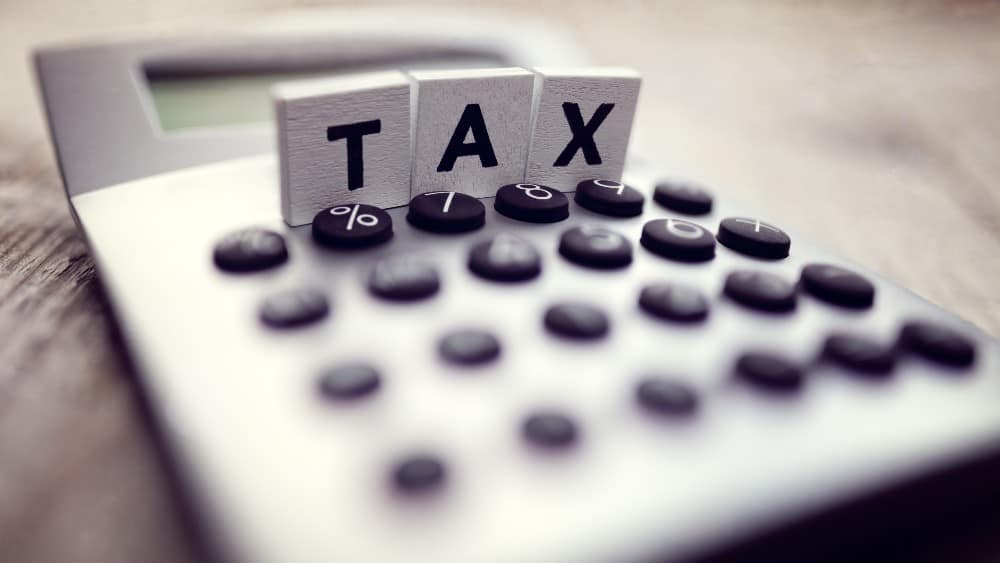The 2020 tax year is over, and in a few months, it will be time for tax filing. If you haven’t yet done your tax planning, you still have two months to reduce your tax bill. The Canada Revenue Agency (CRA) has created some tools to encourage Canadians to maximize their savings and get a tax advantage.
Reduce your taxes with a TFSA and RRSP
Investment and tax planning go hand in hand. Whenever you look at investments, you should also look at their tax implications. You have to pay income tax, but you can control the taxable income and the timing of tax payment.
- Either you can pay tax now and free your investments and withdrawals from taxes using the Tax-Free Savings Account (TFSA).
- Or you can save tax now on your investments and defer the tax payment to a future date on your withdrawals using the Registered Retirement Savings Plan (RRSP).
The CRA sets a contribution limit on both the accounts and charges a 1% penalty on overcontribution. It also removes any tax advantage on overcontribution. For 2020, TFSA and RRSP contribution limit is $6,000 and $27,230, respectively. And if you don’t max out on your contributions in any year, you can carry forward it to subsequent years.
Tax planning using TFSA
The CRA opened the TFSA in 2009 to encourage Canadians to save. The CRA decides the annual contribution limit, but the money you put in TFSA is not exempt from taxes. You can invest your TFSA money in stocks, bonds, ETFs, real estate, and even foreign securities listed on a designated stock exchange.
Any Canadian above 18 years of age can open a TFSA and invest in it. This means students and retirees can leverage the TFSA to the fullest. They generally have a lower income, and tax-free investment income can come in handy.
For instance, Julia is 70 years old and has retired this year. She received a lump sum amount on retirement. She can put up to $69,500 in TFSA (accumulated contribution limit since 2009). Julia will be charged tax on it. But then she invests this money in Dividend Aristocrats like Enbridge (TSX:ENB)(NYSE:ENB) and enjoys tax-free incremental passive income for the rest of her life.
The pipeline operator has a resilient business model of collecting tolls for transmitting oil and natural gas through its pipeline. Enbridge has diversified its portfolio with +40 revenue streams in an oil pipeline, natural gas pipeline and storage, and wind farms. It has been building pipeline infrastructure for over 50 years, and its pipelines are paying off. This ensures regular cash flows. New pipelines and an upgrade in the toll rate increase its cash flows and thereby its dividend per share.
At present, the pandemic has pulled Enbridge stock down 25%, which has inflated its dividend yield to 8.2%. If Julia invests $35,000 in Enbridge now, she can get $2,870 in annual dividends that the CRA can’t claw back. Moreover, the stock could surge 38%, as the economy recovers, taking care of the tax she paid on the lump sum amount.
Tax planning using RRSP
The CRA created the RRSP to encourage Canadians to save for retirement. Here, you can contribute up to 18% of your working income or the maximum annual contribution, whichever is less. The CRA allows you to deduct your RRSP contribution but adds RRSP withdrawals to your taxable income. If you withdraw before you turn 71, the CRA imposes a penalty between 10% and 30%.
For instance, Jacob is in his late 40s and is drawing in $80,000 in annual income. He can contribute $14,400 in RRSP and reduce his taxable income to $65,600. But if he withdraws $4,000 before he reaches 71, the CRA will deduct a penalty of 10%, and he will get $3,600. Hence, put your money in RRSP only if you don’t want to access it before old age.
How to maximize savings on TFSA and RRSP
Which is better: the TFSA or RRSP? It depends on your intention and current financial situation. If you intend to save tax now as your working income is high, the RRSP is the right choice. But if you want flexibility with withdrawals, the TFSA is the right choice. Enbridge is a good stock for both accounts.










